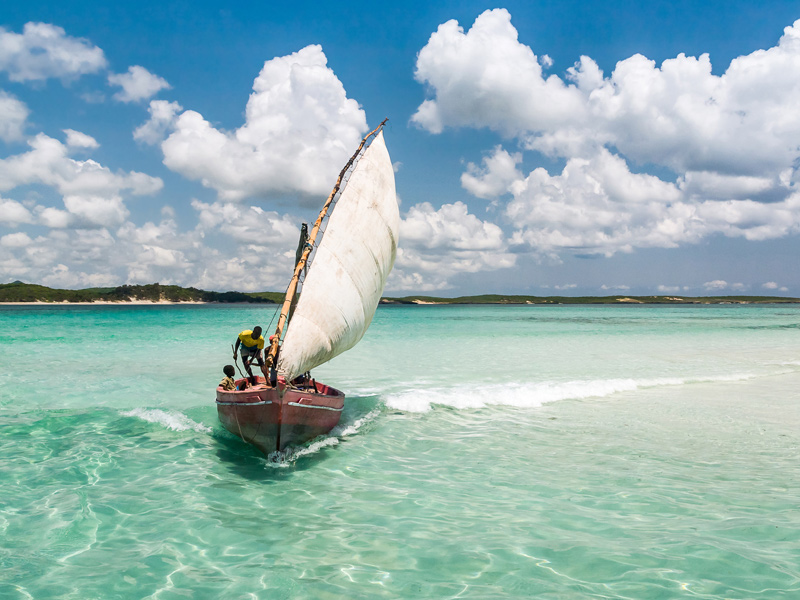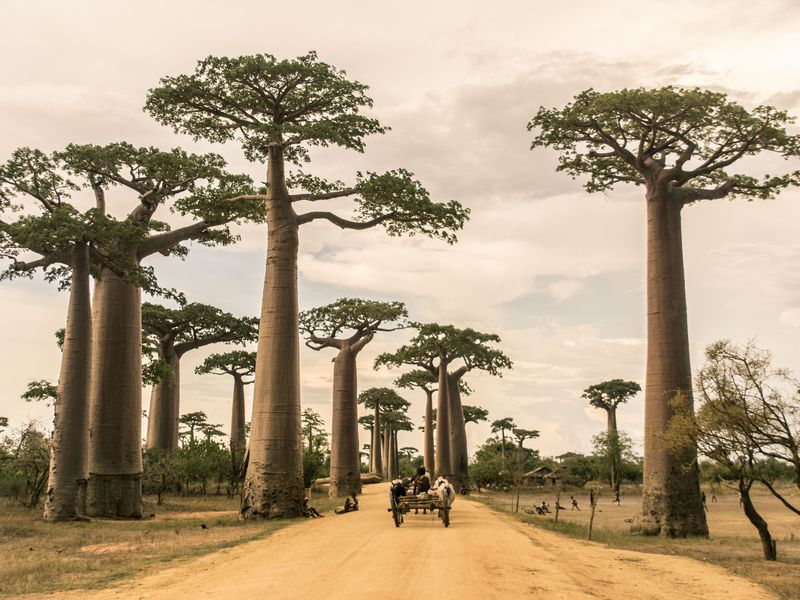Madagascar is a miniature continent. Its size is similar to that of the Iberian Peninsula, however, having separated from the rest of Africa over a hundred million years ago it has developed an endemic fauna and flora that makes it unique. There are several good reasons why you should consider including Madagascar among your next destinations.
Some of the main things you can see and do in the country:
Enjoy Malagasy hospitality
After many countries travelled you realize that it is the contact with the local communities, little or much, true or superfluous, that allows you to finish the trip with a good taste in your mouth. Consider that the trip has been really worthwhile, that it has been a round adventure. Beautiful landscapes can be remembered in a blur if the attitude of the people towards the visitor does not accompany them.
In Madagascar that will not happen. It is true that as a good Westerner you will be the object of the hardest bargaining in almost any purchase and of some rodeo in a taxi, but the general tone of the country is different.
The Malagasy is generally in a good mood, smiles continuously and likes to help the traveler even if it is by sign. It can be said that the Malagasy is hospitable by nature and is open and polite as long as it is paid with the same currency, so enjoying its people is undoubtedly one of the main things you can do in Madagascar.
Search and find lemurs
The lemur is a small primate that has become the symbol of Madagascar’s fauna. The largest species, the size of a gorilla, became extinct after the arrival of humans on the island about two thousand years ago and others have not been discovered until about thirty years ago. Fortunately, there are still about a hundred species, and because they are naturally elusive, their observation has become a very enriching experience.

Visiting Madagascar’s National Parks
To facilitate their conservation and that of other species, UNESCO declared six of the nation’s national parks as World Heritage Sites under the name of Atsinanana Rainforest. They all overlap along an imaginary vertical line parallel to the East Coast, located about 50-100 km inland.
In the Ranomafana National Park you will be able to contemplate with relative ease some more shy species in other parks. Thanks to the thickness of the forest, as it is the wettest area of Madagascar with rainfall almost daily, they have more than ten types of lemurs.
Get to know the Avenue of the Baobabs
Although it is not yet a protected area, in recent times it has gained much in popularity thanks to being a very photogenic landscape, especially with the first or last lights of the day. It is only 20 km from Morondava on the track that links it to Belo Sur.
The baobab is a sacred tree for the Malagasy, whose legend says that the gods turned it around to punish it when it tried to reach the sky with its haughty bearing. It is true that when it loses its leaves, its branches look like roots in search of water. There are six species endemic to Madagascar, the largest, with trees up to 40 m high, is the one that can be seen in this part of the island.
The train to the jungle of Madagascar
It is one of the few passenger lines in the country and has linked the cities of Fianarantsoa (inland) and Manakara (on the east coast) twice a week since the 1930s. It crosses a dense jungle and bold bridges, a landscape that will not leave you indifferent.
The journey takes between twelve and eighteen hours, as it stops in every village, however small, and for a long time. This allows vendors with all kinds of drinks, food or objects to get on the wagons to sell. You can also come down to stretch your legs and interact with the local population, especially the many children who come to the tracks.
Enjoy the heavenly beaches
Madagascar has almost 5,000 kilometers of coastline, so it’s easy to imagine how many unspoiled beaches you can count on. It is situated a stone’s throw from the north coast and can be reached by boat from Ankify in a few minutes. The principal island, of the same name possesses many Italian tourism on having had Fascene’s airport direct international flights with Milan during the European summer. However, the north of the island is much quieter.

